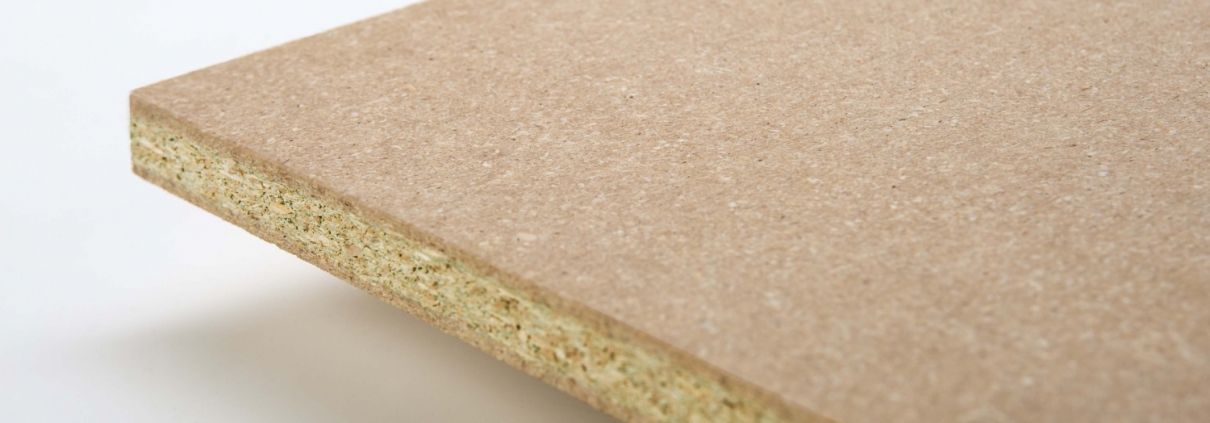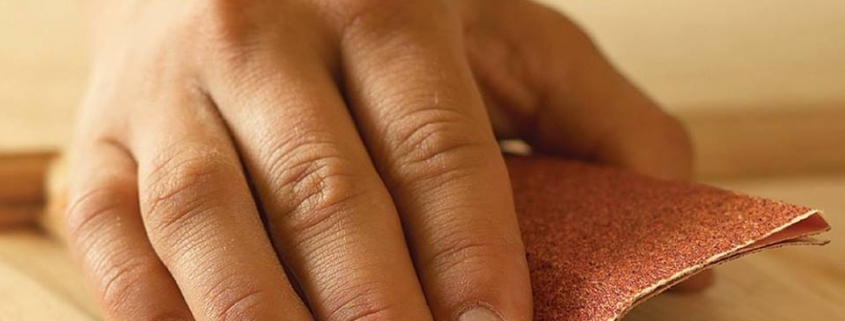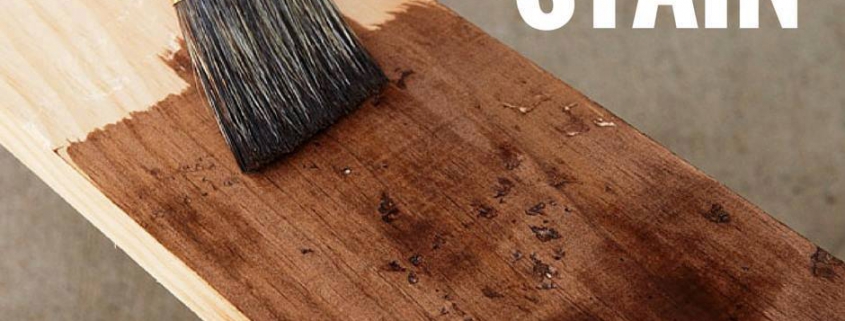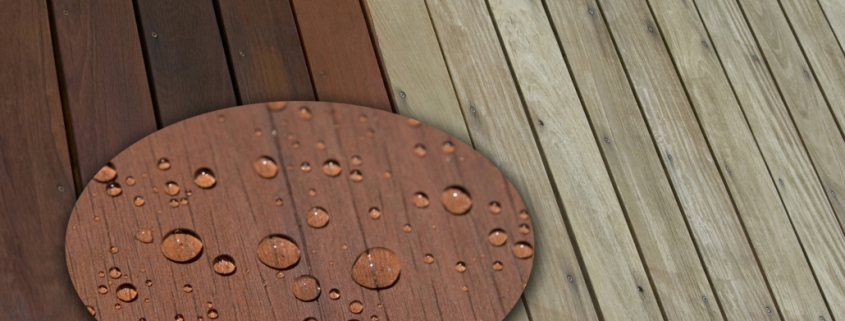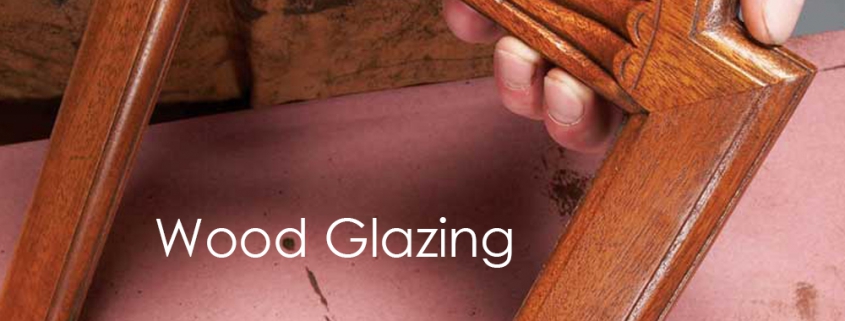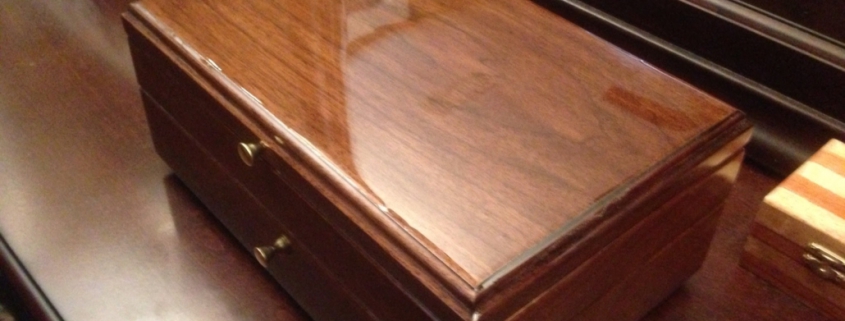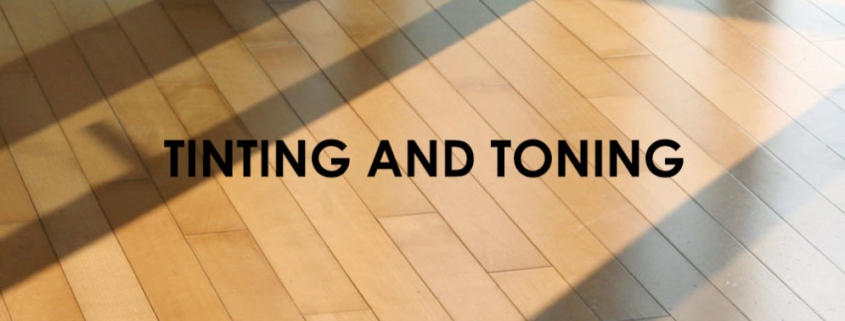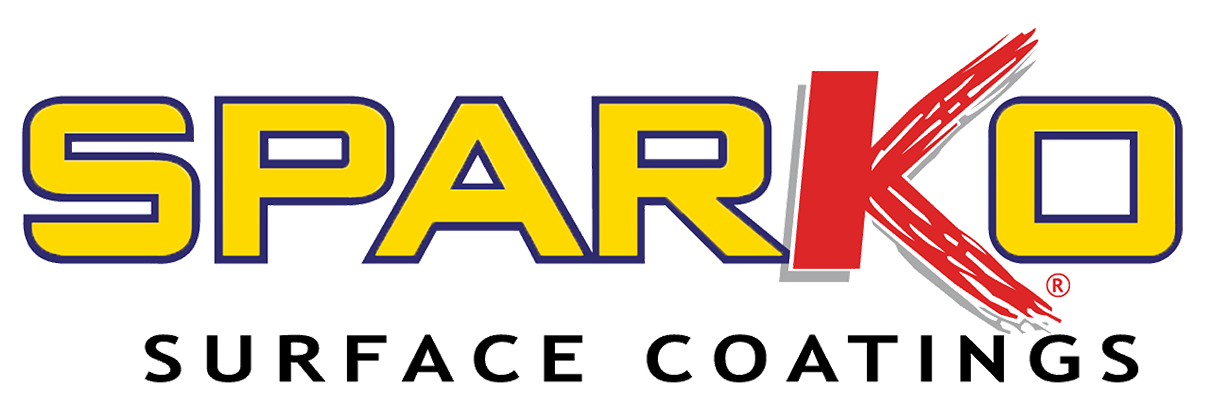Painting Techniques
Wood furniture speaks not only everlasting, but it is timeless as well. It adds warmth and character to any room. There’s nothing more rewarding than transforming an old tired looking piece of furniture into something that you wouldn’t have thought it could be this perfect in your home.
Check our compiled Painting Tips and Techniques provided by our expert painting techs:
- Preparing the Substrate
As with any painting jobs and application, the need for surface preparation is essential and is very important in order to achieve a successful finish. No matter how good or skillful the finishing personnel or how good the paint quality is; if the surface is not well cleaned or prepared, then all efforts will turn to be futile.
If repainting, you need to scrape off loose, flaking or peeling paint manually and clean the surface thoroughly, apply paint remover if necessary.
Wooden Surfaces tend to have rough and uneven surface textures. Hence, the sanding process comes in.
In fact, sanding is very important part of the overall process of Sparko Paint application
2. Sanding
Sanding ensures:
Good mechanical adhesion of the paint to the surface
Evens out the substrate surface
Helps minimize paint consumption
Promotes paint build up
Removes contaminants and dirt on the surface of wood
Sanding process can start with 100 or 120 grit papers to correct surface defects. For Timber, make sure to finish with 180 grit Aluminum Oxide semi – open coat. For Medium Density Fiberboards (MDF) use 240 – 320 grit Aluminum Oxide Semi – Open Coat.
It is recommended to apply wood putty or wood fillers to cracks and holes
followed with sanding, smoothening out of the surface and dusting off before painting.
3. Stain the wood
Stain adds color to the substrate but without covering its surface since it’s transparent.
Stains are often dissolved in Sparko Thinner before application typical ratio is 1:2.
Stains are penetrating coatings without producing any film on the wood surface.
Sparko Coatings carry three types of stains including Non- Grain Rising, Dye and Water Based Stain.
Drying time for the staining process will take 10 up to 15 minutes.
4. Applying Sealer or Primer
Primers give the wood its sealing property which solves the unevenness of the wood’s
surface as well as provide a base coat where the paint will adhere to.
Different types of primers are applied depending on the top coat (final coat).
Available primers include Nitrocellulose (ideal for surfaces with less traffic),
Vinyl (ideal for waxy, oily or semi-flexible surfaces) and Polyurethane (used mainly for
rigid substrates with high traffic.) Maximum of two applications is recommended.
Wood that has been primed will have to be sanded again because primer does not guarantee a
smooth surface. Sanding also ensures good mechanical adhesion of paint to the surface;
it also even out the surface of the substrate helping to minimize the paint consumption and
promotes paint build up. Use Sand paper number 240 (used) or number 320.
5. Glazing
Wood Glaze is an oil based colorant often applied using damp cloth or brush over the wood
to give it a darkening or antiquing effect. Sparko Coatings carry a variety of glaze color
depending on your desired effect. Glazes are oil based and drying time may take up to 4 hours
if heavily applied.
6. Tinting and Toning
Tinting is the process of adding color to the substrate; it is not penetrating like
those in stains and is added with sealer or topcoat. While toning is the staining
process applied in between coats to even out the color.
7. Washcoating
Washcoating is the process of applying diluted topcoat to protect proceeding coats
before applying another coating often after every glazing procedure.
Washcoats are termed as middle coats and are used to prevent blending of the two glazes.
Washcoat to thinner ratio is at 1:3.
8. Applying Topcoat
Topcoat is the last coating applied to the substrate to provide beauty,
final gloss level of the finish and maximum resistance properties. Top Coat to thinner ratio is at 1:2.

